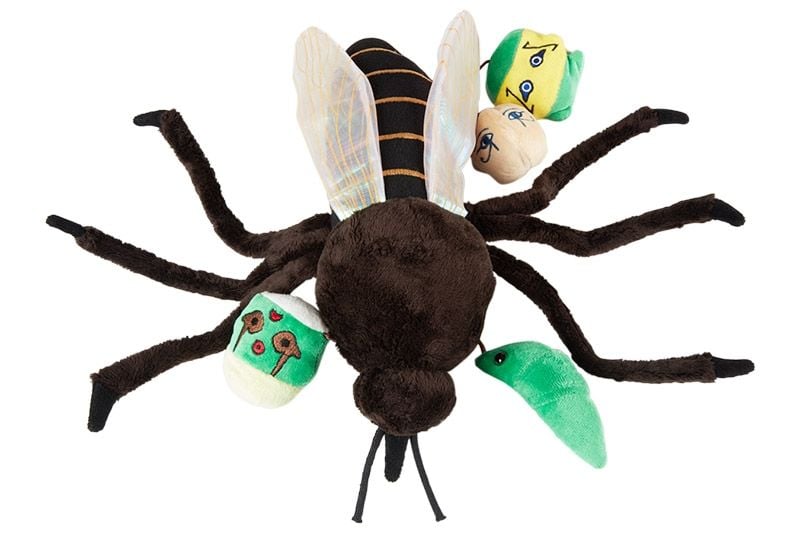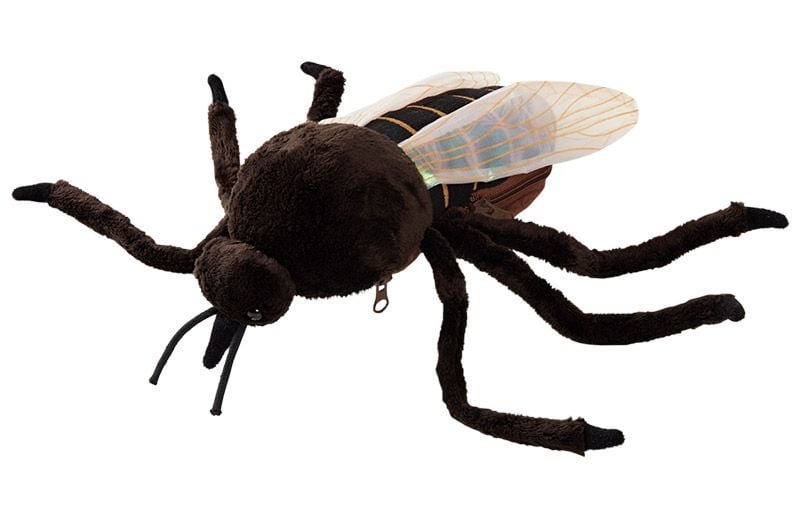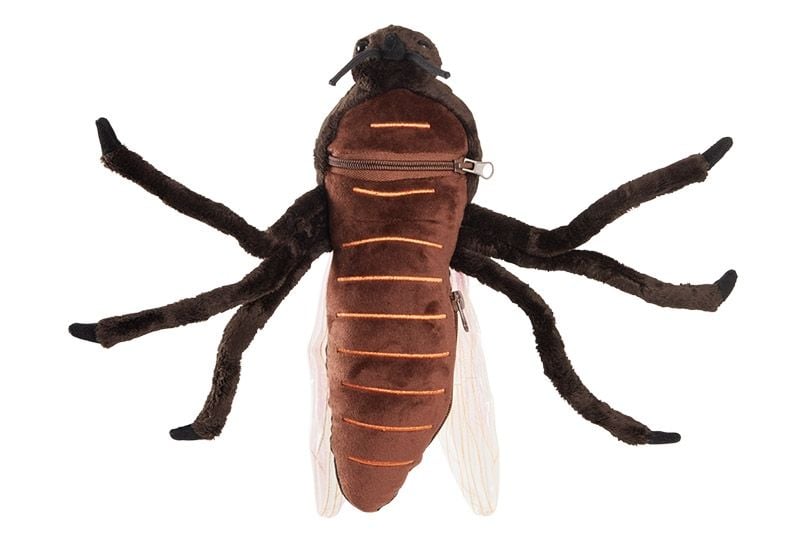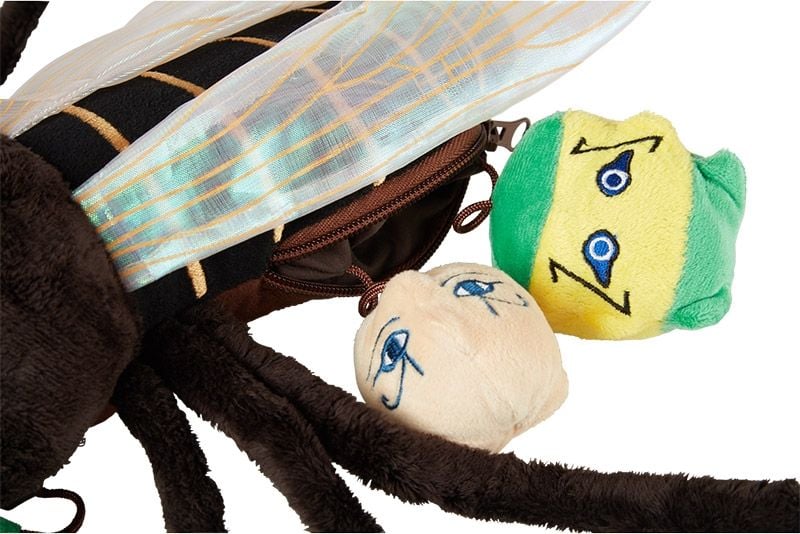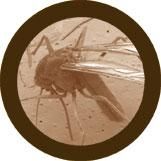Deluxe Mosquito with Hidden Microbes
Out of Stock
Our Mosquito plush is much cuter than the real thing - and totally bite-free! Modeled after Culex pipiens, a common mosquito species found around the world, this scientifically inspired plush brings one of nature’s most notorious pests into soft, huggable form. It’s the perfect gift for insect lovers, biology buffs, or anyone who’s ever been a mosquito magnet.
Culex pipiens is known for transmitting diseases such as West Nile virus and encephalitis. Our plush version features a realistic design, from delicate wings to that familiar needle-like proboscis. Makes an excellent tool for science education and public health awareness.
Great for classrooms, entomologists, and curious minds of all ages. Whether you're teaching about disease vectors or just love weird and wonderful critters, this mosquito plush is sure to make a buzz!
Deluxe Mosquito (30cm) includes zippered pockets that hide and contain 3" mini plush Zika virus, Dengue virus, Malaria and West Nile.
Product Details
Additional Information
| Sizes | Giantmicrobes are based on actual microbes, cells, organisms and other critters, only 1,000,000 times actual size! Gigantic (GG) 40-60cm XL (XL) 25-38cm Original (PD) 12-20cm Minis (MM) 5-10cm each Keychain (KC) 5-10cm with clip |
|---|---|
| Materials | Plush from all new materials. Stuffed with polyester fiber fill. Surface washable: sponge with water & soap, air dry. |
| Packaging | Each plush microbe includes a printed card with fun, educational and fascinating facts about the actual microbe or cell. |
| Safety | Every product meets or exceeds U.S. and European standards for safety. For ages 3 and up. |
All about Deluxe Mosquito with Hidden Microbes
FACTS: There are about 3,000 species of mosquito, but culex pipiens is the most common. It is found almost all over the world, except in Antarctica.
Spanish for "little fly," mosquitoes beat their wings between 300 and 600 times per second. The unnerving sound they create differs from species to species, and listening for the right note helps male and female mosquitoes coordinate their social lives to find suitable mates!
But only female mosquitoes bite. Their eggs need the protein in blood to help develop. While culex pipiens females will happily snack on human blood, they tend to feed on birds – which implicates them in the transmission of the West Nile virus.
The actual sting of a mosquito is rarely painful, and it is seldom even detected. However, the saliva injected to stop blood from clotting provokes the aggravating skin inflammation and itching associated with a bite. Calamine lotions, and other creams, can help soothe the pain.
Of course, wearing longs pants and shirts, particularly at dawn and dusk, can help avoid bites in the first place. Mosquitoes are extremely attracted to the carbon dioxide you exhale, and they can detect it up to 75 feet away – so you can also try holding your breath! Better yet, try repellents, particularly ones that contain diethyltoluamide (DEET), picaridin, or lemon eucalyptus. She might just take the hint.


